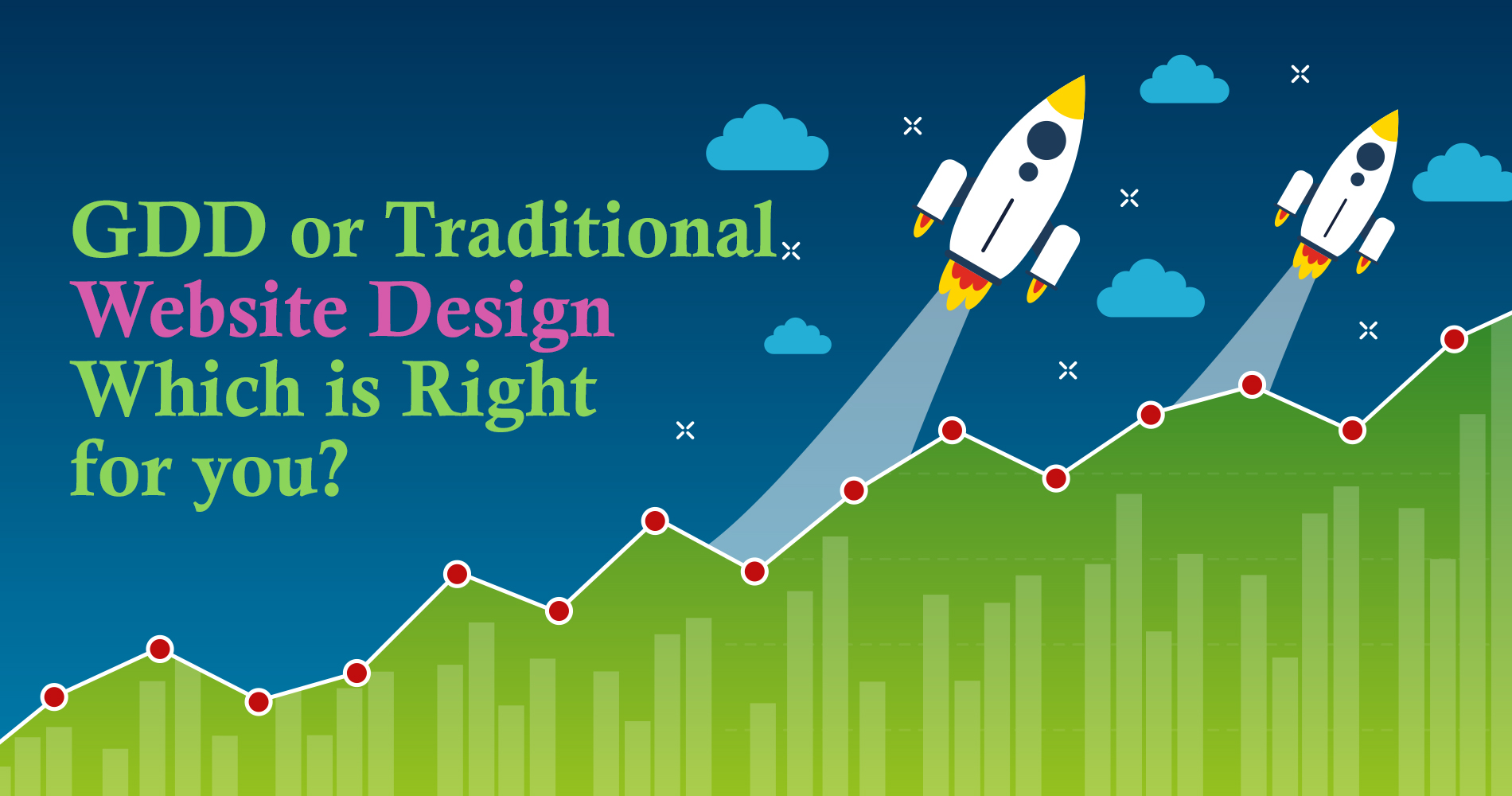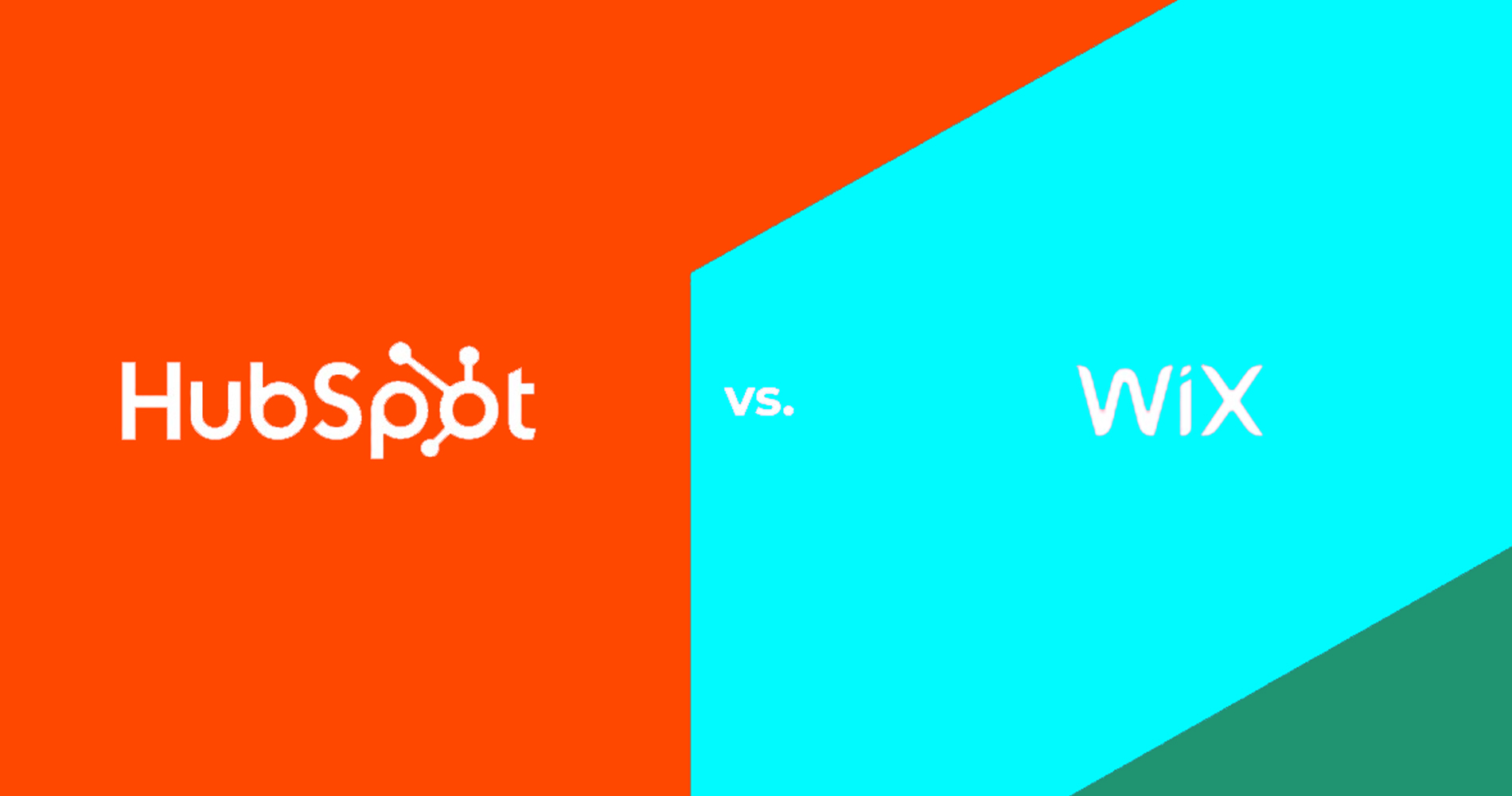As a rule, the website design and development industry is constantly evolving. Nothing stays the same forever, including how companies go about achieving their business objectives by implementing web solutions. The latest buzz seems to revolve around growth-driven designs but as it becomes more popular, people are confused as to whether GDD or Traditional would help them do better with their organisation’s goals and objectives?
What is the difference between the two designs? What are the factors that make GDD so appealing or attractive perhaps? It may just be another fad word used as a gimmick for companies to take your money, but I want to show you why it's anything but that.
But before we do that, let’s quickly dig into both traditional website design and GDD and see which of the two works better. GDD or Traditional website design, you are going to get a clear-cut answer after reading this article.
Traditional Website Design
Even those with a little know-how of website development are well-familiar with the traditional website designs. The traditional approach to web development involves redesigning a website in a way that looks similar to how it originally did. However, there were significant overlaps with this approach, a definite no in a marketing world that is all about innovation and change.
Notwithstanding, Traditional website designs have been and still are popular with a lot of organisations, but there are some downsides to this type of approach.
Downsides of traditional website design
Higher upfront costs
The main problem with traditional website design is that it can be costly! Your website design agency may also go over budget when trying to achieve your goals. The cost is driven by numerous factors, including the size of the website and the complexity of the project and content. Not all businesses can afford such an investment every few years, which is why modern alternative methods are very convenient for your business's growth while keeping costs low.
Traditional website designs are stagnant
In the world of website design and digital marketing, one must keep up to speed with change. The days of simply building a site and putting it live and seeing how the audience responds are long gone. Today business owners need to be able to change their strategies and meet evolving customer needs as they happen because if there is stagnation, you will fall behind. This seems to be a problem with Traditional website designs, as they fail to pace with the latest market trends and lack innovation.
Performance metrics are not guaranteed
In its launching phase, it can be very difficult with a traditional website design to gauge exactly how well you're doing. They don't foresee the potential for future projects, changed directions, financial constraints, shifting business goals, and more. But look at the bigger picture! Be sure to do your due diligence before starting up with what you know best (to start with)!
You are lagging behind your competitors
Your competitors might already be focusing on the latest website design tactics (such as strategically using pictures and words). Savvy business owners know that these forms of design could soon become obsolete! Growth-driven design means having a website design that is always updated. If your website is already looking outdated, it might put potential guests off placing an order with you because they don't see room for growth or improvement. If you keep your social media following up to date, you're likely to increase customer loyalty and therefore improve your consumer reach too!
Upsides of Traditional Website designs
Despite a few downsides, the traditional website design is a time-tested process that has been around for years. The following are some of the most known strengths of traditional website designs.
Traditional website designs are time-tested
In terms of traditional website design, it’s a tried-and-true process that web developers and marketers have been using for years. Companies know what they can expect from a traditional web design project. Following the requirements gathering phase, an inbound web agency or their internal technical team will have a strong idea of project duration and the whole website design process.
Self-contained
As opposed to the ongoing element of GDD, Traditional website designs are self-contained projects with a well-defined finish line which is preferable to many organisations.
Growth-Driven Design (GDD)
Growth-driven design (often referred to as “GDD”) is a modern approach to web design aimed at optimising the performance of your website through data gathered from your website’s users. It was created by HubSpot, the world leader in inbound marketing solutions. “Growth-Driven Design” traditionally uses A/B testing to arrive at decisions on page layout, interaction placements, and more. A/B testing is primarily focused on optimising your site using user data. But A/B tests can also be used to develop new features or iterate existing features (especially when it's unclear how users will react).
Some companies focus their efforts on changing what copy gets displayed, depending on the behavior of visitors or which sign-up model attracts more new clients. And they continuously refine (refine, refine, refine) until they find what works best for each stage of the sales funnel (getting visitors to come back after visiting for example).
Growth-driven design Process
The process of a GDD website design can be broken down into three key phases of implementation:
Strategy
The first step in a growth-driven design is to figure out everything there is to know about it. This will help guide you through the process of choosing things like what kind of content to feature on the site, what features you need, and how the site should be branded. The next step is to create a list that includes all the feature options that are available to you including things like blog posts, testimonials, contact forms, images, etc.
Launchpad Website
Once we have the strategy in order, we need to put together a launchpad website. Launchpad websites should only include the key areas of your website, such as the home page, about/contact page, and blog section if it fits with your plan. It’s important to remember that during these conversations, you can add items that won’t make it into this version into a “wish list” and then prioritise them once the new site is launched and ready for iteration. So, prioritise which things you want first and make sure they're fully accounted for on the day of our first big rollout!
Continuous improvement
Once Your Launchpad website is live and functional, you need to embark on phase two, which involves working towards making necessary improvements. In this phase, you should focus not only on the big changes to your website but also take into consideration the smaller ones. Smaller changes can be implemented by using an A/B Testing method. Analysing the results of each change will help you pinpoint what works best for your target visitors. By measuring how well variations performed against each other, you’ll be able to see which items are most successful and which ones need better implementation or need to be changed entirely.
Strengths of GDD Website design
GDD lets you make iterative decisions by making small, strategic changes that will help bring the high-level strategy into action over time. The adjustments that are made along the way can generate immense value in much less time than doing things the traditional way. The following are some upsides of a GDD website design.
Lower Up-Front Costs
One of the best reasons to choose a growth-driven design is because it can greatly reduce the initial investment required. This enables you to break down any costs over different periods. It will also help you edit your budget strategy as you go along by better assessing how much funding the project requires during different periods.
Continual refinement
The key principle behind Growth-Driven Design is that you focus purely on the lowest hanging fruit when it comes to design elements. You prioritise what's going to have the greatest impact on conversion, and address these elements first
Shorter launch time
A traditional website takes over three months to build and goes through another continual year-long cycle of evaluation that sees much change throughout. The GDD method, by contrast, builds the site in much shorter sprints over a year and makes changes at key points via different testing methods based on gathered data.
Constant metrics evaluation
With GDD design, the risk is greatly reduced since Identifying gaps and conducting analytics to improve is made easier by implementing monthly iterations.
Downsides of GDD
On the other end of the spectrum, there are always cons that need to be considered before making your decision about website redesign! With GDD on its way to becoming a trend, there's still quite a lot of curiosity regarding what will become of it in the long term.
GDD has just entered the ring
Many companies enjoy projects with a hard deadline or prefer to work with them. It may be too difficult for them to adapt to GDD's continuous growth element. It's a new concept and not everyone immediately gets on board with the growth-driven design. While GDD is based in part on the agile Web methodology, it has yet to gain widespread acceptance. It may prevent organisations from making a more comfortable choice.
GDD is a continuous process
GDD is a continuous process, which in some cases could dissuade organisations that would prefer a hard deadline when it comes to certain projects
Takeaway
So, GDD or Traditional Website design? Which one do you think will be good for you? In our opinion, Growth-Driven Design can be an excellent choice for a business looking to develop a new website. It provides a large amount of flexibility, something that is increasingly important when dealing with the ever-changing world of business.
 We hope this blog post has helped you understand the benefits of Growth-Driven Design and how it can help your business.
We hope this blog post has helped you understand the benefits of Growth-Driven Design and how it can help your business.
Why not out this GDD Checklist






